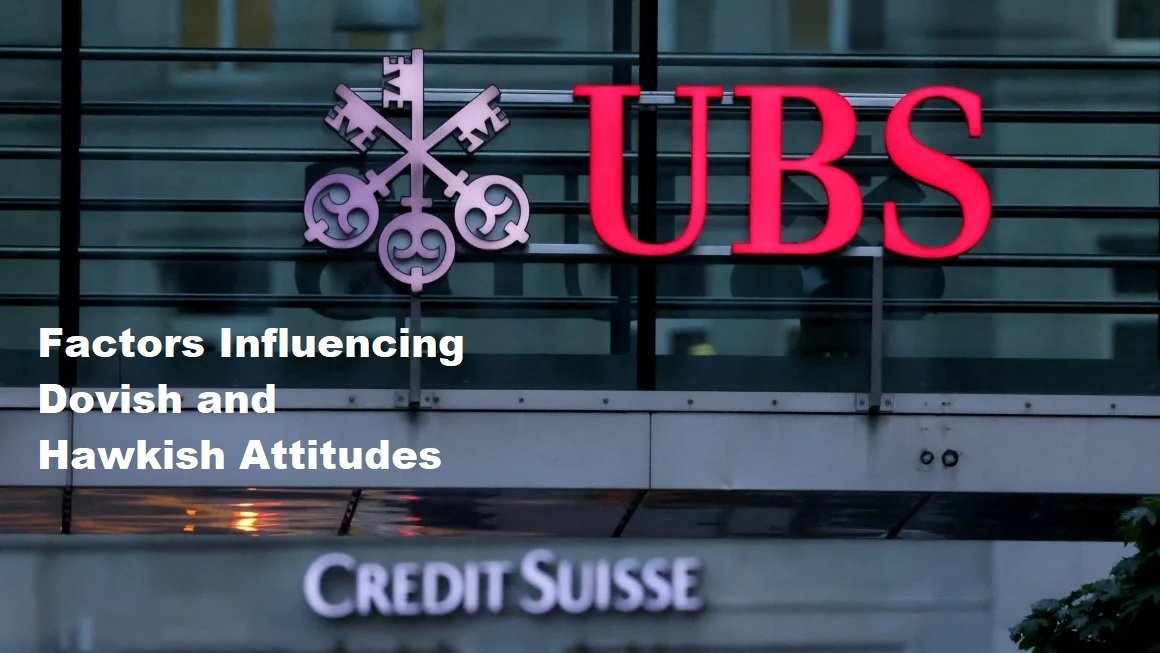Introduction to the Krugerrand
The Krugerrand is a gold coin that was first introduced to the global market as a practical and tradable gold investment vehicle. Invented in 1967 by the South African Government, this coin was created with the aim of promoting gold mined in the country and making it easy to trade on international markets, making it easier for people around the world to own gold. The origin of the name ‘Krugerrand’ is a combination of the name Paul Kruger, President of the Republic of South Africa at the end of the 19th century, and the ‘rand’, the South African currency unit. Paul Kruger is depicted on the coin’s obverse, as a symbol of nationalism and the country’s economic strength. His depiction is an acknowledgment and tribute to his significant contribution to South Africa’s gold history. Meanwhile, the back side displays an image of the Springbok, an antelope which is one of the national symbols of the Republic of South Africa.
The context of the launch of the Krugerrand in 1967 cannot be separated from the South African government’s desire to encourage its gold sales amidst intense global market competition. At that time, the Bretton Woods system still regulated world currency exchange rates against the price of gold, thus creating high demand for this commodity. Launching the Krugerrand helps South Africa take advantage of this situation by providing investors with a unique investment tool as an alternative to simply purchasing standard gold bars or coins. This response broadly explains the importance of the Krugerrand not only as an investment asset but also as a cultural and economic icon. Its historical glory continues to this day, with its circulation still very active in the global gold market, symbolizing stable value in a volatile world. By finding its place in the portfolios of investors and collectors alike, the Krugerrand maintains its reputation as a tough investment medium that has endured through the ages. With a design that has changed little since it was first released, the Krugerrand offers stability and trust as part of gold’s continuous history. Not only that, the Krugerrand is also a popular choice due to its easy liquidity, a factor that will make this coin remain relevant in the future as a reliable investment asset.
Krugerrand Coin Design and Characteristics
From a physical perspective, the Krugerrand has a diameter of around 32.77 millimeters and a thickness of 2.84 millimeters for its size. For weight, a standard Krugerrand coin is measured at one troy ounce (approximately 31.1 grams). However, there are coin variants with different sizes too. The coin consists of pure gold with a density of 22 carats or around 91.67% gold purity. The Krugerrand design is iconic and easily recognized. On the obverse, a depiction of Paul Kruger is printed, taken from a 19th century South African currency design. President Paul Kruger himself is a significant historical figure in South African history because of his role as a leader in the fight against British colonialism. On the back of the coin is an image of a springbok antelope, South Africa’s national symbol which also represents the country’s natural beauty and abundance of resources.
What makes the Krugerrand unique is its gold content. Although listed as weighing one troy ounce of gold per coin, the coin’s alloy actually includes other metals such as copper for added durability. The composition of this mixture produces 91.67% pure gold plus 8.33% copper which creates a distinctive color with a slightly pinkish final appearance compared to pure gold which is more yellow. In fact, the unique gold content of the Krugerrand has caused it to become a standard for investors and collectors throughout the world. These characteristics not only increase the coin’s durability but also offer an attractive luster to those who keep them as assets or collectibles. Its uniqueness lies not only in the economic aspect but also in the historical and cultural influences symbolized through its distinctive design elements.
Benefits of the Krugerrand Coin
The benefits of the Krugerrand Coin are very diverse, but one of the most prominent is its practicality as a gold investment tool. These coins have internationally recognized weight and purity, making it easy for investors to assess the true value of their investment. This practicality is not only in terms of assessment, but also in storage and transportation. Unlike gold bullion which may require more complicated storage, Krugerrand coins are made to be easy to store, even in large amounts, which makes them a popular choice for both individual and institutional investors.
Apart from practicality, the Krugerrand Coin also offers international trading and liquidity facilities. As one of the most famous gold coins in the world, the Krugerrand is accepted in almost all major gold markets. This liquidity is an important factor for investors as it allows them to convert their gold investments into cash quickly and efficiently at any time. This provides flexibility in portfolio management and risk mitigation, a key consideration for those who want to ensure easy access to their assets.
The impact of the Krugerrand Coin on the South African economy cannot be underestimated. Since they were first introduced in 1967 by the South African Mint Company, these coins have been a significant source of export revenue for the country. Krugerrand sales have supported the local mining industry and provided South Africa with bargaining power in global commodities. The proceeds from these sales are also used for development in areas such as infrastructure and education, making a direct contribution to national economic growth.
At the international level, the existence of the Krugerrand Coin has had a substantial effect on the world gold market. As a pioneer among modern bullion coins, the Krugerrand became the standard for other coins from various countries. This has stimulated competition among gold coin producing countries and diversified choices for consumers. In addition, because of its high trading volume, the Krugerrand helps set the gold market price which is a reference for the global market. This statement applies not only to traders and investors, but also to miners and mining companies who view the Krugerrand as an important indicator in determining gold production and sales strategies. Thus, the Krugerrand Coin has an important role in providing dynamism and stability to the overall gold market ecosystem.
The Relevance of Krugerrand Coins Today
The Krugerrand coin, first introduced by South Africa in 1967, remains one of the most widely known and traded gold coins in the world. The Krugerrand’s popularity was partly because they were the first bullion coins that could be used as an investment tool and as a hedge against inflation. As an investment asset in modern times, the Krugerrand is still attractive due to its easy liquidity and wide recognition in the global gold market, although competition has increased with the emergence of other gold investment alternatives. In comparison to other gold investment tools currently available, such as gold bars, gold ETFs, and other gold coins such as the American Eagle or Canadian Maple Leaf, the Krugerrand has several advantages. These coins not only carry a rich history but are also available in smaller denominations, making it easier for investors with varying budgets to participate in the gold market. It often does not require a high premium over the spot price of gold and its internationally recognized purity (22 carat) makes it competitive among today’s gold investment options.
The legal side of Krugerrand trading is also an important factor in determining its relevance today. Even though there were previous international sanctions during Apartheid which prohibited the import of these coins into several western countries, currently Krugerrands are freely traded in most places in the world. However, investors must still follow local and international regulations regarding taxation and import and export restrictions on gold to ensure their investments comply with the law. It cannot be denied that the collectability of the Krugerrand adds another dimension to its relevance. For collectors, the historical and aesthetic physical value of these coins with the exclusive image of Paul Kruger and a Springbok adds immeasurable value beyond their pure gold weight. As such, Krugerrands offer not only investment benefits but also collectible pleasure, garnering interest from a wide spectrum of global market players as both investors and collectors.









